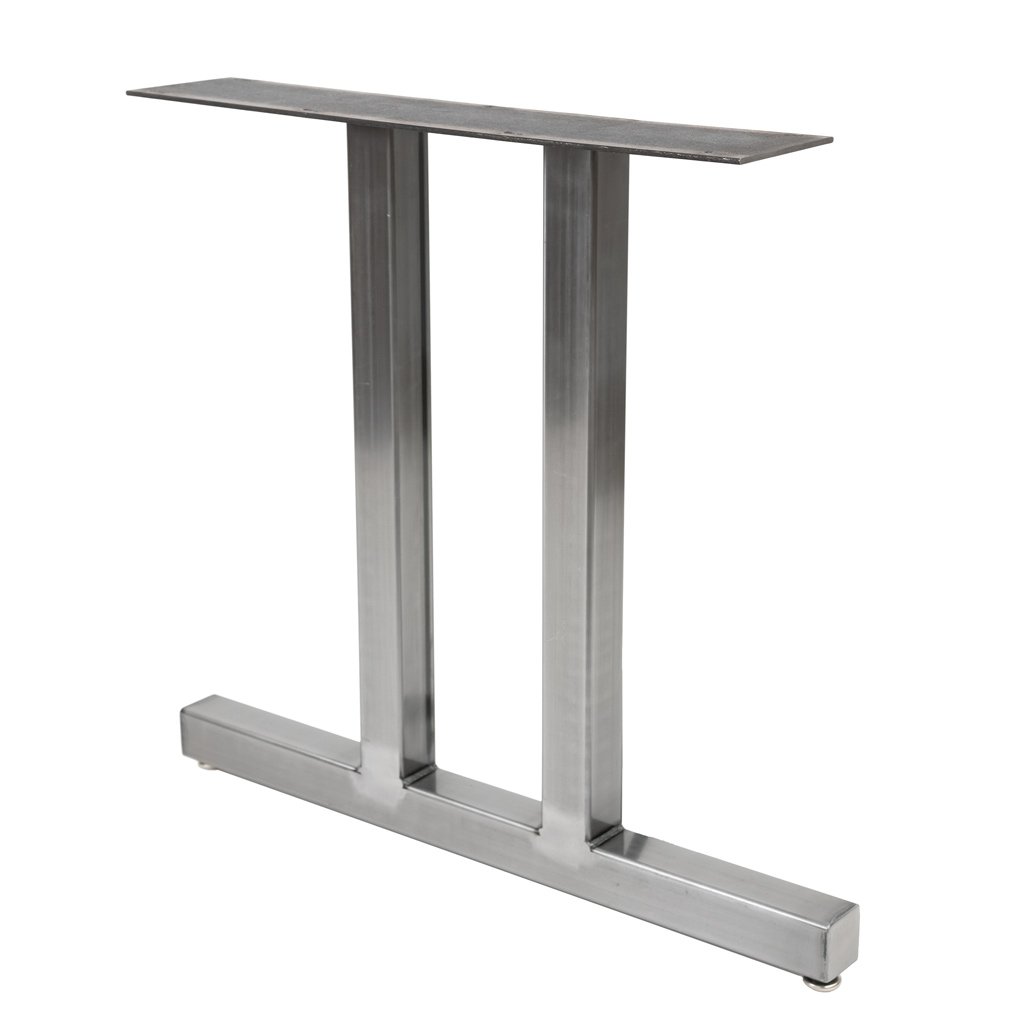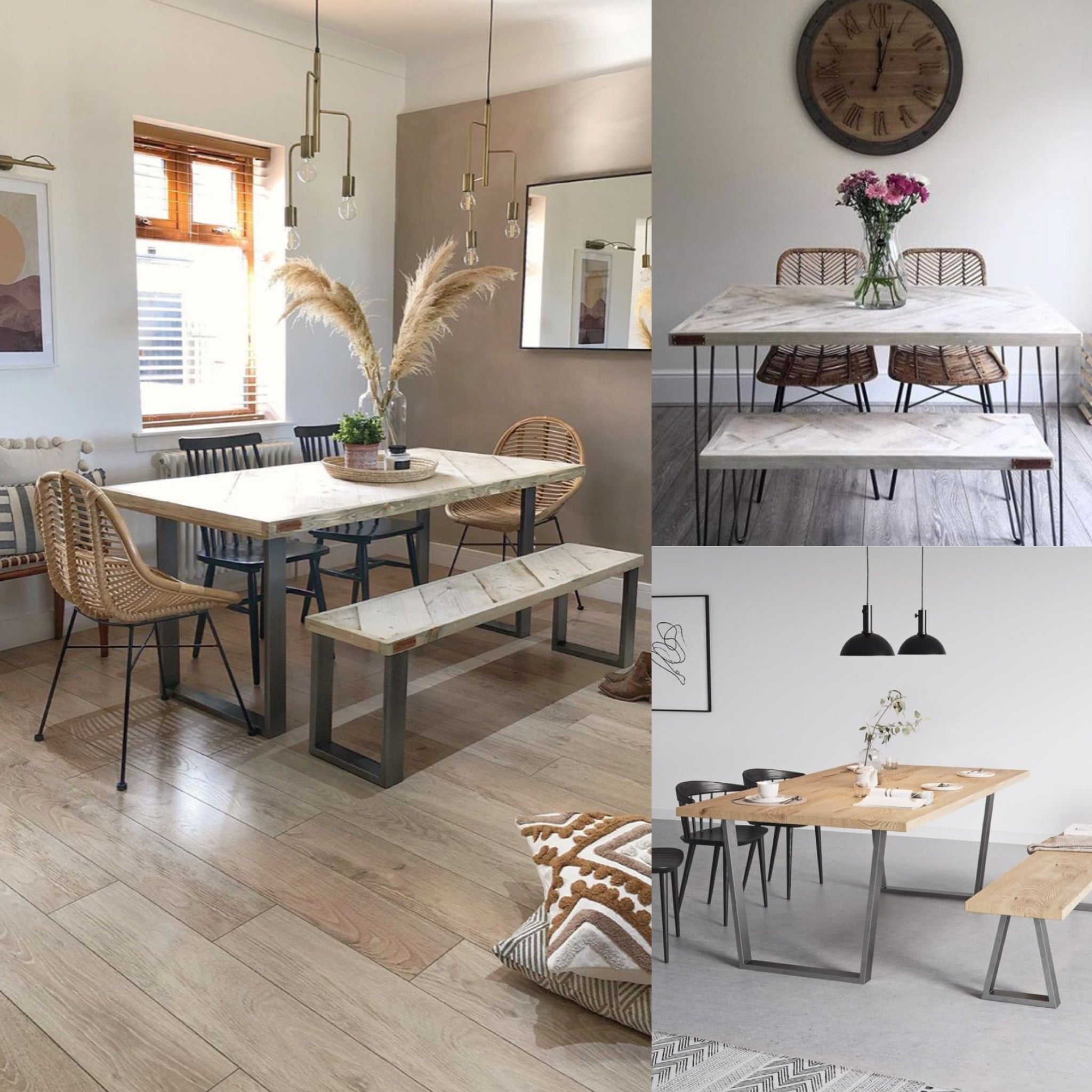Tips for Installing Dining Room Table Legs for a Modern Look
Tips for Installing Dining Room Table Legs for a Modern Look
Blog Article
Exactly How to Select the Perfect Dining-room Table Legs for Your Home Décor
Selecting the suitable eating space table legs is a nuanced procedure that calls for mindful factor to consider of various elements, including your space restrictions, aesthetic preferences, and useful needs. The interaction in between measurements, materials, and styles can substantially affect the setting of your dining area, making it vital to approach this decision systematically.
Assess Your Eating Room
Evaluating your eating room is vital for selecting the right table legs that complement both aesthetics and capability. Begin by measuring the dimensions of your dining location, including ceiling elevation, floor space, and distance to various other furniture. This info will certainly assist figure out the proper size and elevation of your table, which straight influences the choice of table legs.
Following, take into consideration the style and format of your eating area. As an example, an open-concept layout may take advantage of table legs that provide visual lightness, such as slender metal or acrylic options. Conversely, an extra standard setup might ask for durable wood legs that offer a sense of permanence.
Review the existing shade scheme and products in your eating location. Balancing the table legs with these aspects produces a cohesive look that enhances the overall decor.
Ultimately, a complete evaluation of your dining area will guide you in making an informed choice, making certain that your table legs not just boost the visual appeal but additionally offer functional functions.
Consider Your Style Preferences
When choosing eating space table legs, it is necessary to assess your personal style choices, as they dramatically influence the overall visual of your eating area. Your option of table legs can either enhance or contrast with existing decoration, making it crucial to straighten them with your favored interior layout style.
If your home leans towards a modern-day visual, consider streamlined metal or minimal wood legs that offer a tidy, clean appearance. For a much more conventional approach, luxuriant wooden legs with detailed carvings can add a touch of style and elegance. Industrial designs gain from durable, basic materials such as redeemed wood and steel combinations, mirroring a tough beauty.
Furthermore, farmhouse and rustic designs usually favor sturdy, chunky legs that stimulate a feeling of heat and convenience. Conversely, if your design is diverse, you might pick non-traditional forms or a mix of materials to develop visual interest.

Evaluate Material Options
The option of material for eating space table legs plays a pivotal function in both toughness and aesthetic charm. Common materials consist of timber, steel, and composite options, each offering distinctive attributes that can affect the total look and durability of your table.
Timber is a traditional option, recognized for its heat and flexibility. Woods like oak and walnut give extraordinary toughness and can be completed in different spots to match any kind of design. Softwoods like want are more susceptible to dents and scrapes, making them less optimal for high-traffic locations.
Steel legs, typically crafted from steel or aluminum, emanate modernity and industrial charm. They are immune and extremely sturdy to use, making them suitable for households with children or regular celebrations (dining room table legs). Additionally, metal can be ended up in numerous shades, enhancing the personalization opportunities
Composite products, such as MDF or laminate, deal cost and varied designs. While normally less resilient than strong wood or metal, they can still give an elegant appearance and are usually easy to maintain.
Eventually, the material you select need to straighten with your lifestyle, visual choices, and the degree of use your dining table will experience.
Determine Height and Size
Choosing the appropriate elevation and size for your dining room table is important for both functionality and convenience. The conventional height for eating tables commonly ranges from 28 to 30 inches, enabling adequate legroom for most people when seated. Nonetheless, it is important to consider the dimensions of your dining room and the kinds of chairs you plan to use.

Additionally, consider the proportions of your eating space. A bigger table in a sizable area can develop a grand ambiance, while a smaller sized table works well in even more intimate settings. Eventually, the right height and dimension will certainly harmonize with your total style and enhance the eating experience for you and your guests.
Explore Customization Possibilities

Furthermore, the design of the legs can be customized to fit different styles, such as rustic, modern, or industrial. Conical legs can evoke a mid-century modern-day feel, while chunky, block-style legs may resonate with conventional or farmhouse design.
Property owners can also explore color finishes, from natural wood stains to paint, allowing them to match or contrast with the tabletop and bordering design.
Moreover, leg elevation can be adapted to suit specific seating plans or personal choices, boosting both comfort and capability.
Last but not least, distinct decorations, such as makings or decorative brackets, can even more individualize the table legs, making the dining experience not simply a dish but a statement piece in the home. By considering these personalization options, property owners can produce a dining-room table that really reflects their individuality.
Verdict
Picking the excellent eating space table legs requires mindful consideration of different elements, consisting of the dimensions of the dining room, style choices, product toughness, and preferred elevation. Customization choices further boost the ability to attain a natural visual that enhances the total style. By methodically assessing these elements, home owners can make certain that the picked table legs not only satisfy functional demands but likewise add favorably to the eating experience and atmosphere of the home.
Choosing the optimal eating area table legs is a nuanced procedure that needs careful factor to consider of different components, including your space restrictions, aesthetic choices, and sensible needs.Examining your dining room is crucial for selecting the right table legs that match both aesthetic appeals and performance.When figuring out size, measure the location where the table will be positioned to guarantee it fits easily, enabling important site for at the very least 36 inches of clearance around the table for simple activity. A bigger table in a spacious location can create a grand setting, while a smaller table works well in even more intimate settings.Choosing the perfect eating space table legs needs careful factor to consider of various factors, consisting of the measurements of the eating room, style preferences, material resilience, and wanted height.
Report this page